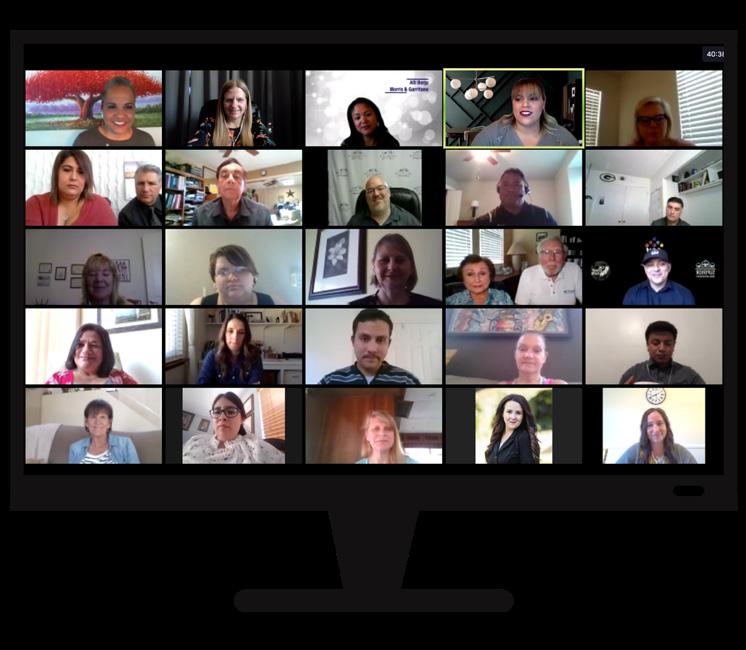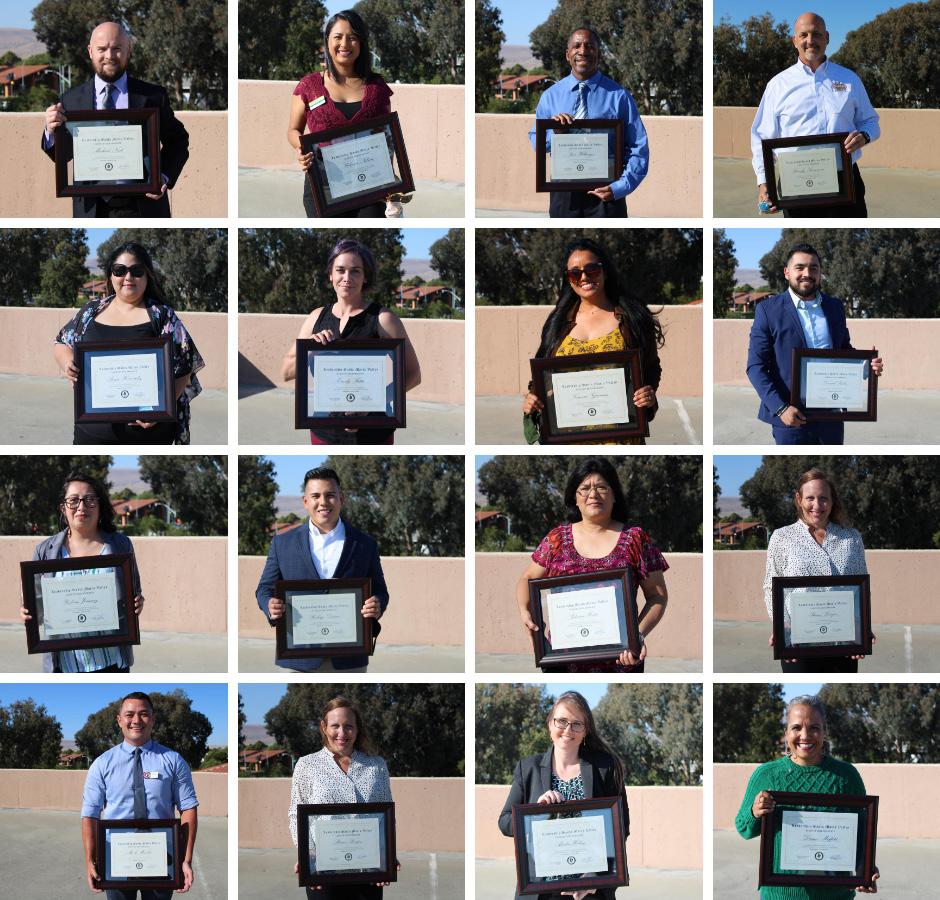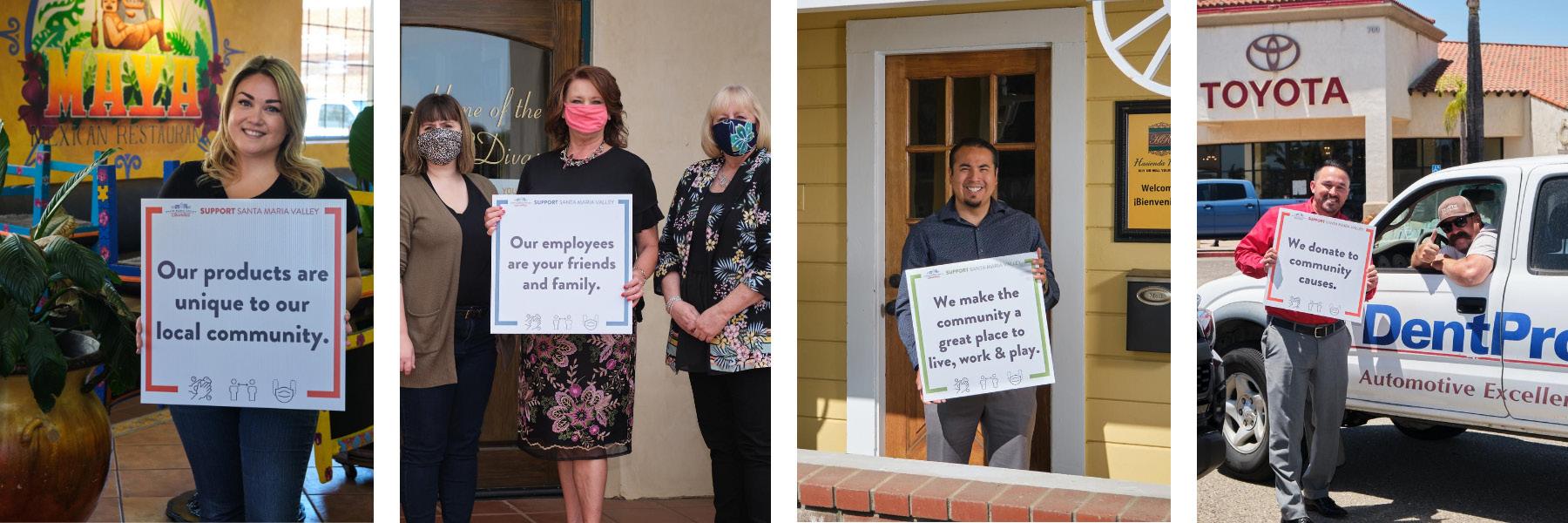Help Shape the Future of the City of Santa Maria Imagine what the City of Santa Maria will look like in the future. Where will things be, what will people be doing, how will people be getting around, what will the City look like? If you were to imagine your own Santa Maria – what would it look like? The City is beginning a multi-year process to determine what the answers to these questions will be - and encourages residents to share how they would imagine Santa Maria in the future. The process includes updating the City’s General Plan. The General Plan is a “blueprint” or guiding document that outlines policies which will determine how the City will be built into the future (think year 2050). It is approved by the City Council and involves a lot of input from the community to help the City Council answer these questions. It includes “elements” which will discuss land use, transportation, open space, environment, recreation, housing, and economic development. Where will the City build more housing? What types of amenities does the City need
The City of Santa Maria is seeking community input on updating their General Plan and addressing priorities like housing, land use, transportation, open space, recreation and more. to provide for its residents? What is the City missing today? The City of Santa Maria needs your help to make sure the General Plan reflects the community’s priorities for the future. To learn more about the project and how to get involved, please visit www. imaginesantamaria.com. On the website, you will find updated information about the City’s General Plan as well as a contact button to get on a mailing list.
The City also encourages residents to take online surveys to share their visions and priorities for the future. Visit www. i mag i nesa nta ma r ia .com/com mu nit ysurveys. Questions may be directed to the Community Development Department at (805) 925-0951 x 2369 or email rhostetter@ cityofsantamaria.org.
COVID-19 and the Workplace: Protecting Yourself at Work With COVID-19 continuing to spread in our community, it is now more important than ever that community members remain proactive in helping slow the spread of COVID-19. Workers should take the following steps to protect themselves at work: • Follow the policies and procedures of the employer related to illness, cleaning and disinfecting, and work meetings and travel. • Stay home if sick, except to get medical care. • Practice social distancing by keeping at least 6 feet away from fellow coworkers, customers, and visitors when possible, even when in or around • break rooms, water coolers and/or non-work areas. • Wear cloth face coverings, especially when social distancing is not possible. Cloth face coverings are intended to protect other people— not the wearer. • Workers should inform their supervisor if they or their colleagues develop symptoms at work. No one with COVID-19 symptoms should 8
•
• •
• • •
be present at the workplace. Wash hands often with soap and water for at least 20 seconds, especially after blowing noses, coughing, or sneezing, or having been in a public place. • Use hand sanitizer that contains at least 60% alcohol if soap and water are not available. • DO NOT use any hand sanitizer that contains methyl alcohol due to its high toxicity. Avoid touching eyes, nose, and mouth. To the extent possible, avoid touching high-touch surfaces in public places – elevator buttons, door handles, handrails (to the safest extent possible), etc. Where possible, avoid direct physical contact such as shaking hands with people. Minimize handling cash, credit cards, and mobile or electronic devices when possible. Avoid all non-essential travel.
Sick workers should follow CDCrecommended steps to prevent the spread of
COVID-19. Workers with COVID-19 who have stayed home can stop home isolation and return to work when they have met one of the sets of criteria found here. Workers who use public transportation, ride sharing, taxis or carpooling to travel to and from work should protect themselves. Always remember to use face coverings, practice social distancing where applicable, and wash their hands with soap and water for at least 20 seconds before and after using such transportation. Additional information can be found in the State of California's COVID-19 Employer Playbook.





